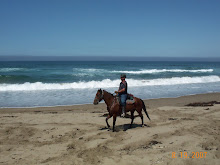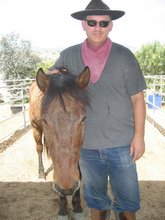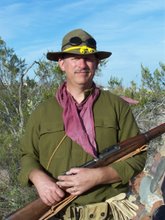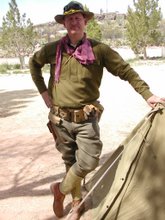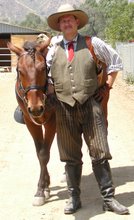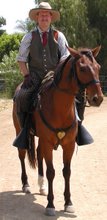Given the holiday season, I've unearthed some interesting punch recipes from my library:
First Artillery Punch
Prepare a pint of triple strength black tea and a pint of triple strength green tea; then blend the two together.
Place in a suitable large container, either glass or crockery, 1/4 pound of loaf sugar. Grate upon it the rinds of three lemons; then add their juice and the juice of two oranges. Pour over this the boiling tea mixture. Stir well, cover, and set aside to cool.
When cool, add in this order, stirring slowly, 1 quart of Jamaica (NOT Puerto Rican) rum, 1 quart of good bodied sherry, and I quart of
brandy. Mix well, cover, and let stand for several days, preferably a week, in a cool place (such as a refrigerator).
When ready for use, pour the mixture over a block of ice in a large punch bowl and then add 3 or 4 quarts of champagne which greatly improves the taste of the punch and gives it life.
The quantities given above are suitable for small groups such as were found on one or two company posts — about 15 to 20 people. It is alleged that when other branches of the service were entertained it was sometimes necessary to dilute the punch with an equal amount of mineral water, but this was a degradation of a good punch. If you must have a red punch, use cherry brandy and half as much sugar.
Chatham Artillery Punch
Add 1/4 pound of green tea to 2 quarts of cold water; then add the juice of 9 lemons. Mix and let stand overnight; then strain.
To this mixture add 1 pound of brown sugar, 1 pint of cherries, 3 quarts of pink Catawba wine, 1 quart of rum, 1 quart of brandy, 1 quart of rye whiskey, and 1 quart of good dry gin to smooth out the mixture. Let this stock sit for a week or two, covered, preferably in glass bottles. This aging period is quite important. (Some versions of this recipe call for the juice of nine oranges in addition to the nine lemons and aging in a stone crock or cedar tub.)
When ready to serve, stir well, pour over a block of ice in a large punch bowl, and then add 3 quarts of champagne.
These quantities will make about 3 gallons of punch, usually sufficient for about 20 people.
When time and availability of ingredients (by local acquisition) permitted, the 3d Armored Field Artillery Battalion, while on occupation duty after WWII occasionally passed a few uncommonly pleasant hours consuming their traditional combat beverage of equal parts of Cointreau, cognac, and champagne (C3) which soon became known as Gunner's Punch. The 3d FA veterans heartily recommend it for serious consideration and consumption by today's gunners.
Gunner's Punch
To 1 quart of triple strength black (or green) tea add the juice of 12 lemons and then sweeten to taste with sugar. Add 1/2 pint of curacao, 1/2 pint of brandy, and 1 quart of Jamaica rum; then let stand for several hours, perferably overnight, in a cool place — refrigerator, potato cellar, snowbank, etc.
Over a block of ice in a punch bowl, pour approximately equal parts of the above base, burgundy wine, and carbonated water.
The above should quench the thirst of about 12 to 15 people.




























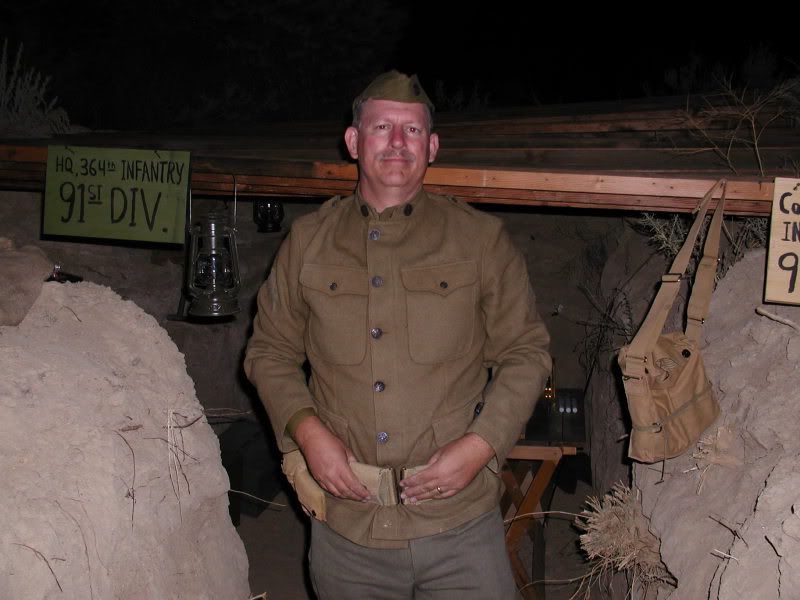
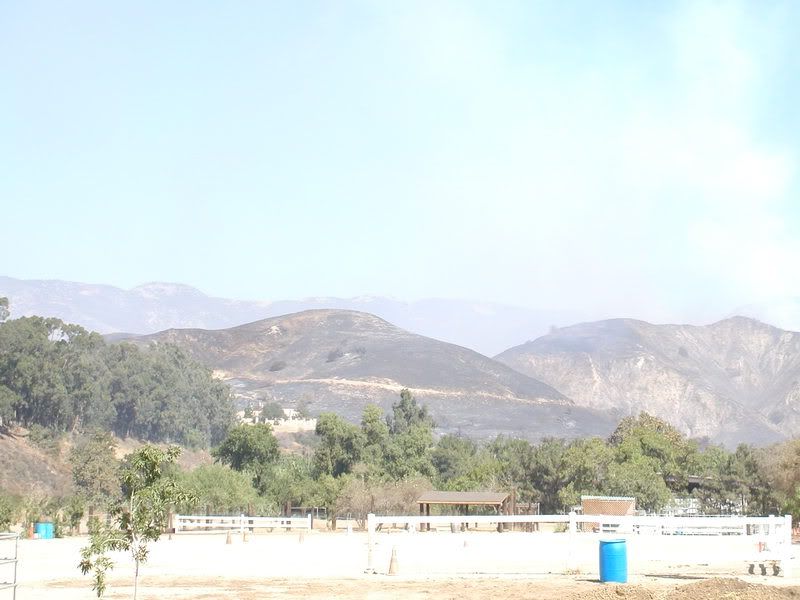













 For more, go
For more, go 


